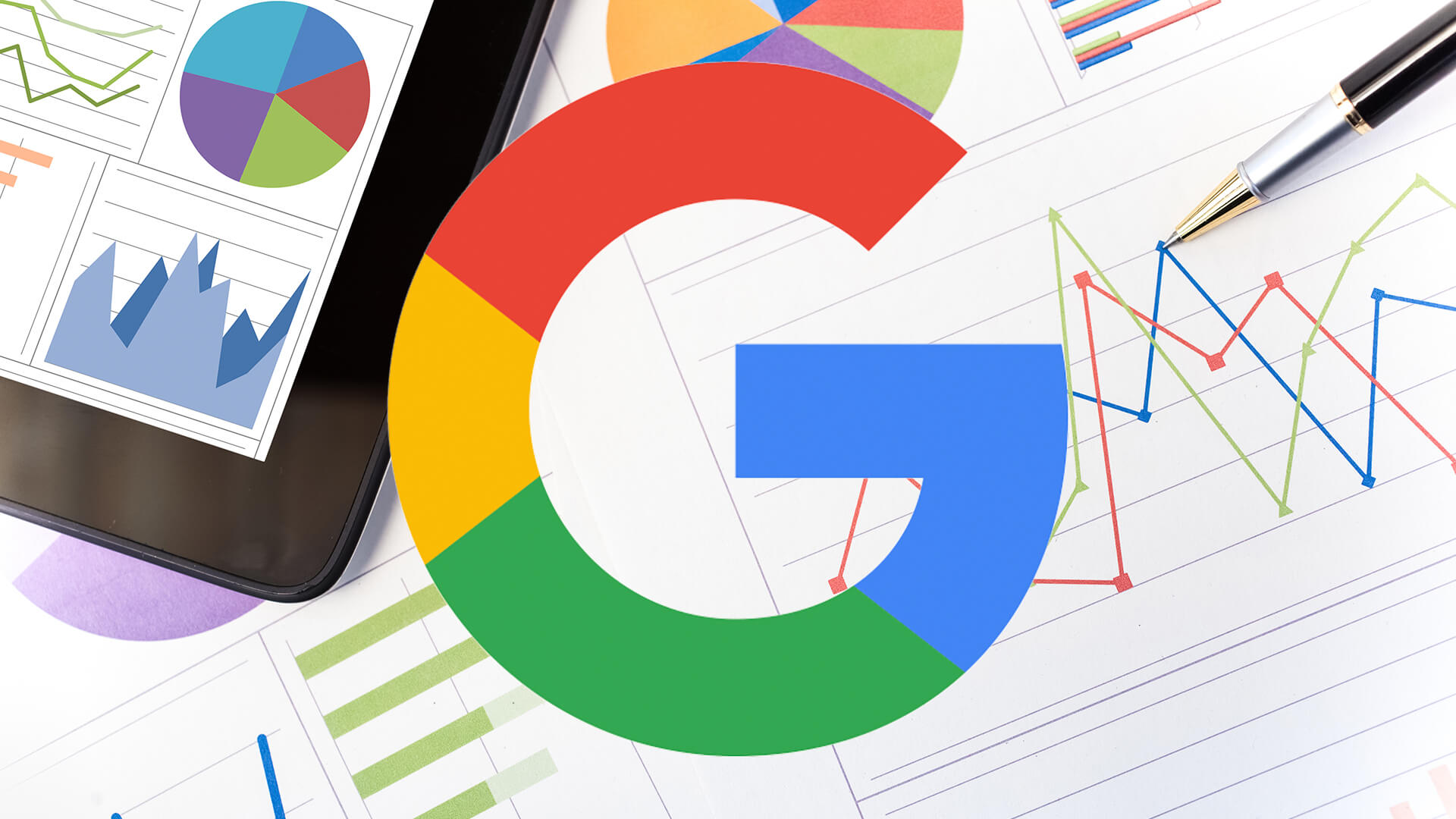
Google rocked the boat for marketers last month with its latest announcement. Google will be sunsetting Google Analytics 3 (Universal Analytics) for free customers in July 2023 and frr paid customers in October 2023.
What we know
The biggest takeaway for marketers is that Universal Analytics (UA) is not compatible with GA4. This means users who rely on year-over-year metrics will need to act quickly to implement GA4 by July 2022, one year before UA expires. Although UA is set to sunset in July 2023, Google notes users will be able to access their data up to six months after that time.
Get the daily newsletter digital marketers rely on.
What is GA4, and why is Google making this transition?
GA4 is not an upgrade or the latest version of Universal Analytics – it’s an entirely new system of tracking metrics across the web and apps (UA could not provide cross-platform insights, so this is a huge upgrade). Google is transitioning to user- and event-based tracking, which means reports and performance dashboards in UA will no longer be available. This means major metrics that we’ve grown accustomed to, such as bounce rate, page hits, and sessions, will no longer exist.
So, why the change?
Google is adapting to the privacy-centric world we live in. When UA was conceived in 2013, data privacy laws and browser privacy regulations were nowhere as stringent as they are today. GA4 is specifically designed to function without third-party cookies and instead, leverage machine learning and statistical modeling to collect data.
This change comes with a host of benefits – from greater insights across touchpoints and data-driven attribution to enhanced engagement data. Users can look forward to new metrics to track engagement, such as engaged sessions, engagement rate, engagement time and more.
Implications for marketing operations professionals
We spoke to Mike Rizzo, founder of MO Pros, the community for marketing operations professionals, about how to prepare for GA4. He explained that the transition from UA to GA4 is complex, even comparable to a Marketo migration. Since GA4 captures data differently from UA, marketing operations teams will need to be able to explain the gravity of this transition to senior leadership so they can allocate time to learn GA4.
Marketing operations teams are bogged down as it is, so it’s crucial for teams to begin designating time for training and education.
Rizzo continued by explaining that the impact of GA4 will be felt by marketing operations, demand generation, sales and senior leadership, to name a few. UA sunsetting puts tremendous pressure on marketing operations teams to reprioritize workloads and learn how to leverage this new tool. Just like marketing automation doesn’t run itself, neither will GA4.
How to prepare for a seamless GA4 transition
We’re less than 90 days away from July 2022, which is when companies will need to begin making the shift to GA4 to have YoY data by July 2023.
Here are three ways you can begin preparing for the transition.
1. Your tagging structure will need to be updated
GA4 tags capture data in a new way, so users will need to rebuild all existing tags to comply with the new structure in GA4. For events that live within Google Tag Manager, users will need to create an additional tag tied to the same trigger to send data to GA4.
Since GA4 relies on a new dataLayer structure that captures e-commerce data, users have two options:
- Reconstruct data laters on your site.
- Use Google Tag Manager’s custom JavaScript variables to reformat your data.
2. Reporting will also need to be updated
Data capture in GA4 is based on the Google Firebase platform – meaning it’s optimized for collecting data from mobile devices and applications. Better yet, this also means the fields captured in reporting are more customizable. The not-so-great news is that it’s not aligned with the existing fields captured in UA. This means the reports currently powered by UA connectors or data flows will need to be rebuilt using GA4 data.
The good news is that Google has provided a list of UA dimensions and metrics equivalent to GA4 dimensions and metrics. This list will help users recreate reporting in GA4, but Google does note that not all GA4 data will match UA data exactly.
Since users will need to rebuild reports with GA4 data sources, it’s crucial to begin implementing GA4 to ensure you have YoY data by the time July 2023 comes. For those with data ETL and storage processes, you may be able to combine GA4 data with historical UA data to get a longer loopback window, but parity is not promised.
3. Allocate time for learning
Despite the benefits associated with GA4, there will be a learning curve for users. For starters, the platform has a new interface that lacks many critical functions users have been accustomed to. For example, providing user control over features such as custom channel groupings and filters is unavailable in the GA4 administrative toolset.
So, what’s the alternative? Users will have to set their filters via variables that leave the IP, domain, and other matching datasets up to the end-user in their tag manager. Setting custom UTM parameters for channel groupings is key for classifying campaigns from outside platforms.
GA4 cannot map custom dimensions, which is key for many users, especially GA360 customers who have 50 or more custom dimensions that they use for advanced reporting. What makes GA360 so great is the expansion of available customizations, so the fact that GA4 has these missing makes implementation that much more challenging.
It is important to note that Google does have additional custom dimensions on its roadmap, but the fact that it’s missing during the transition announcement creates room for user error.
Opinions expressed in this article are those of the guest author and not necessarily MarTech. Staff authors are listed here.





